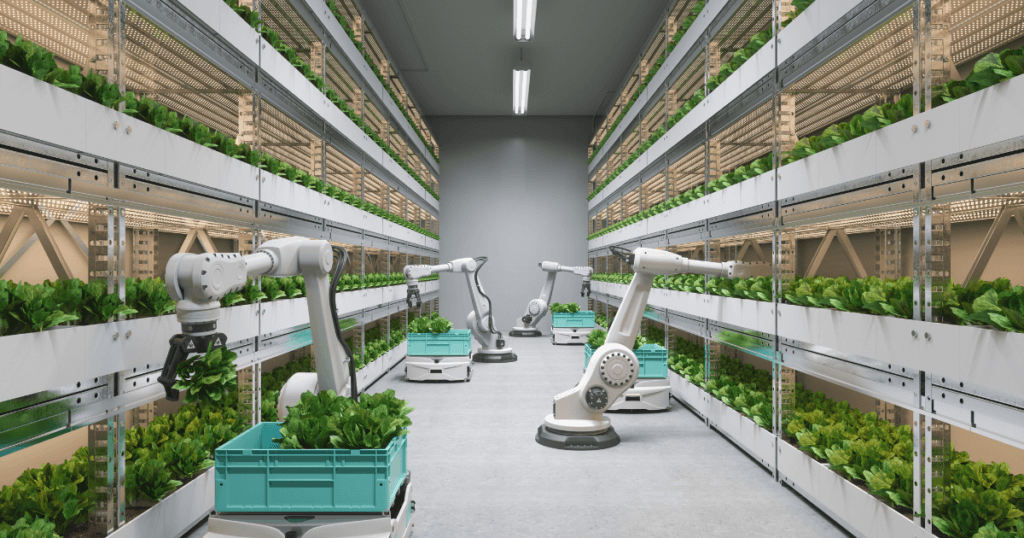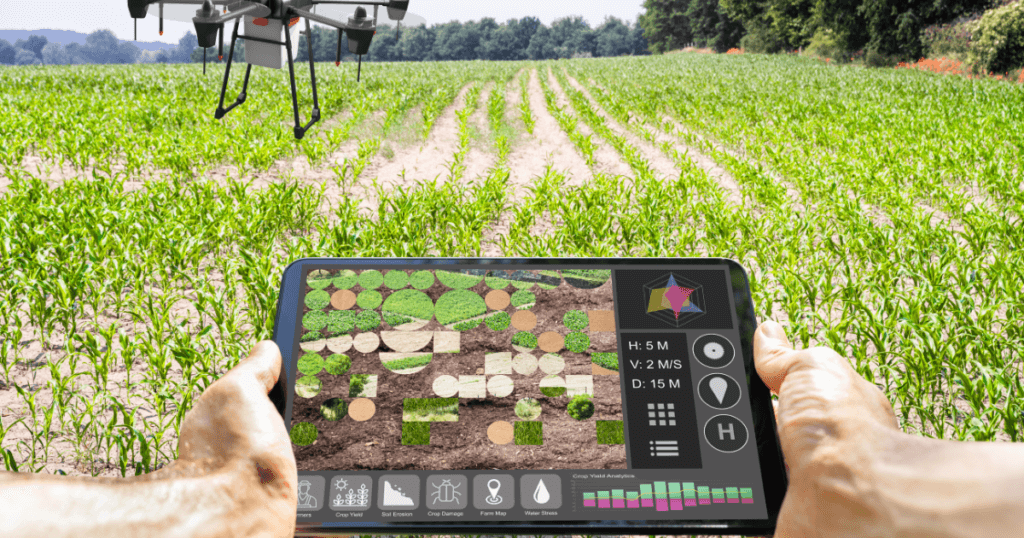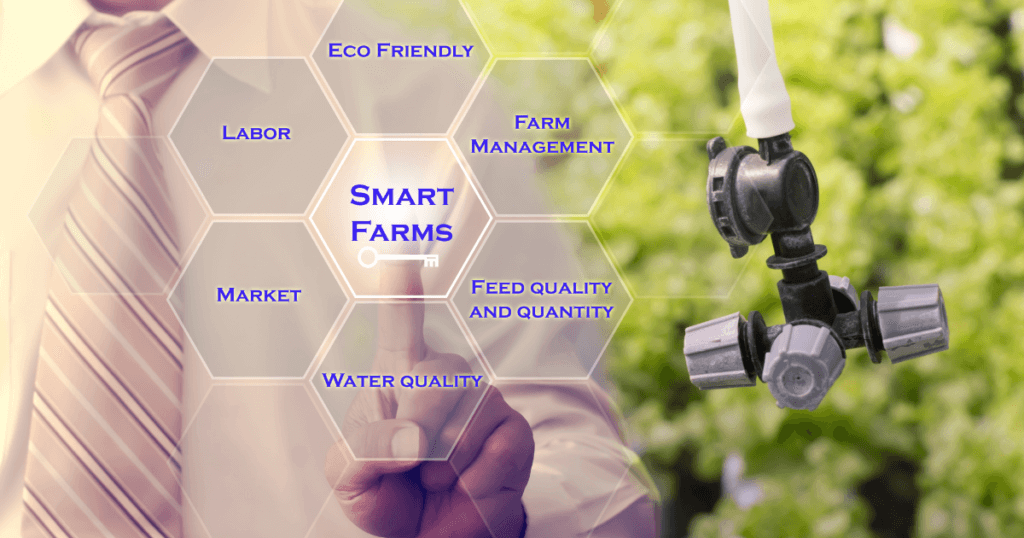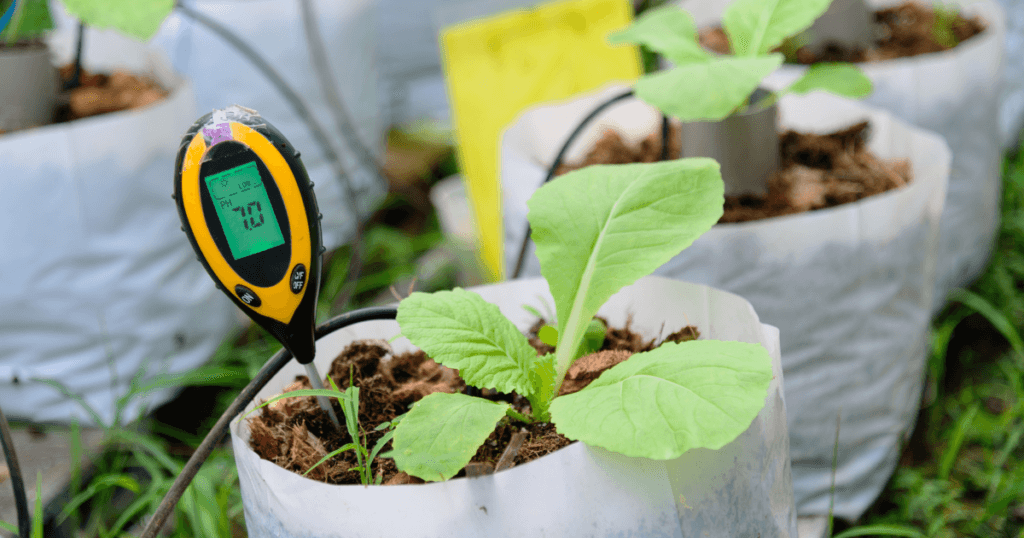Efficient Robotic Harvesting: Revolutionizing Indoor Farming Practices

Indoor farming has witnessed a significant transformation with the advent of robotic harvesting. The integration of cutting-edge technologies and automated systems has revolutionized how crops are harvested, improving efficiency, precision, and overall crop quality. In this article, we explore efficient robotic harvesting and its impact on indoor farming practices. From the benefits it brings to the advanced technologies driving its success, we uncover the future of indoor agriculture. Join us on this journey as we unravel the potential of robotic harvesting in optimizing productivity and maximizing yields.
Table of Contents
The Rise of Robotic Harvesting
The Agricultural Revolution entered a new era with the rise of robotic harvesting. Traditionally, manual labour has been the backbone of farming, but with technological advancements, robots have emerged as an efficient alternative. Robotic harvesting systems offer numerous advantages, including increased productivity, enhanced precision, reduced labour costs, and improved crop quality. These benefits paved the way for a swift transition from conventional farming practices to innovative robotic solutions.
Enhancing Efficiency with Automation
Streamlining the Harvesting Process
Robotic harvesting streamlines the entire process, eliminating human error and significantly reducing the time required for harvesting. Robots equipped with advanced sensors and computer vision technology can efficiently navigate crops, identifying and selectively harvesting ripe produce. This level of automation saves time, ensures optimal crop maturity, and reduces post-harvest losses.
Precision in Harvesting
Precision is a key aspect of robotic harvesting, ensuring that crops are harvested at the peak of their ripeness. Robots can analyze factors such as colour, size, texture, and other indicators to determine the perfect moment for harvest. Robotic systems can make accurate decisions by employing sophisticated algorithms, resulting in improved crop quality and reduced waste.
Autonomous Operations
The autonomy of robotic harvesting systems adds another layer of efficiency to indoor farming practices. Once programmed and set up, robots can operate autonomously, performing tasks without constant human supervision. This enables farmers to focus on other essential aspects of farming while the robots work tirelessly to harvest the crops. The ability to run 24/7 enhances productivity and allows for round-the-clock farming operations.

Cutting-Edge Robotic Technologies
Robotic Arms and Grippers
Robotic harvesting systems often employ advanced robotic arms and grippers designed to mimic human dexterity and delicacy. These robotic appendages can navigate through dense vegetation, identify ripe produce, and delicately harvest them without causing damage. With the ability to adjust grip strength and manipulate various objects, robotic arms and grippers ensure precise and gentle handling of crops.
Computer Vision and Machine Learning
Computer vision and machine learning play a vital role in robotic harvesting, enabling robots to perceive and understand their environment. Cameras and robot sensors capture real-time data, allowing them to identify ripe fruits or vegetables amidst the foliage. Machine learning algorithms analyze this data, continually improving accuracy and enhancing the system’s ability to make informed harvesting decisions.
Navigation and Localization
Efficient navigation and localization are essential for successful robotic harvesting. Robots are equipped with advanced mapping and localization systems, allowing them to navigate the farm safely. They can create a digital map of the indoor farm, identifying the exact locations of crops and obstacles. This technology ensures that robots can reach their target crops swiftly and operate effectively within the designated areas.
Internet of Things (IoT) Integration
IoT integration transforms indoor farming practices, and robotic harvesting is no exception. Robots can communicate with other farm systems through IoT connectivity and gather valuable data in real-time. This data can include soil moisture levels, temperature, humidity, and other environmental factors affecting crop growth and quality. Robots can optimize their harvesting strategies with this information and provide farmers with insights for better crop management.
Maximizing Yields and Crop Quality
Optimal Harvesting Timing
One of the significant advantages of robotic harvesting is the ability to determine the optimal timing for crop harvest. By analyzing various factors, such as colour, size, and texture, robots can identify the perfect moment when crops are at their peak ripeness. Harvesting at the right time ensures the highest possible quality and nutritional value of the produce, maximizing yields and meeting consumer expectations.
Minimizing Crop Damage
Robotic harvesting systems are designed to minimize crop damage during the harvesting process. With their advanced sensors and precise gripping capabilities, robots can delicately handle crops, reducing bruising or other physical damage. By avoiding excessive force or mishandling, robotic systems maintain the integrity and aesthetic appeal of the harvested produce.
Consistent Harvesting Standards
Human labour in harvesting is subject to individual variations and limitations. On the other hand, robotic harvesting offers consistent results, adhering to predetermined standards and specifications. Automating the process ensures that crops are harvested uniformly, meeting quality control requirements set by indoor farming operations. Consistency in harvesting standards is crucial for indoor commercial farming, where brand reputation and customer satisfaction are paramount.
Embracing the Future of Indoor Agriculture
The advent of robotic harvesting signifies a paradigm shift in indoor farming practices. By embracing advanced robotic technologies, indoor farmers can optimize productivity, minimize labour costs, and maximize yields. The benefits go beyond efficiency and precision; robotic harvesting contributes to sustainability by reducing water consumption, energy usage, and the need for pesticides. With the ability to operate round-the-clock and deliver consistent results, robotic harvesting paves the way for a future where indoor agriculture plays a pivotal role in meeting global food demands.
In conclusion, robotic harvesting is revolutionizing the landscape of indoor farming. By integrating cutting-edge technologies and automated systems, harvesting crops has become more efficient, precise, and productive. The benefits extend beyond increased yields, as robotic harvesting contributes to sustainability and enhances crop quality. With advanced robotic technologies driving innovation in indoor agriculture, the future looks promising for farmers seeking to optimize their operations and stay at the forefront of the industry.
Useful Resources for Robotic Harvest
- Title: “Advancements in Robotic Harvesting Technology” URL: https://www.agritechtomorrow.com/story/2023/05/advancements-in-robotic-harvesting-technology/15484/ Description: This article provides an in-depth analysis of the latest advancements in robotic harvesting technology. It discusses various cutting-edge features, benefits, and real-world applications, making it a valuable resource for understanding the current landscape of robotic harvesting.
- Title: “The Impact of Robotic Harvesting on Indoor Farming Efficiency” URL: https://www.farmingtechnology.com/robotic-harvesting-impact-indoor-farming-efficiency/ Description: This webpage explores the impact of robotic harvesting on the efficiency of indoor farming practices. It discusses how robotic systems streamline the harvesting process, increase precision, and optimize yields. The article also highlights the economic and environmental benefits associated with adopting robotic harvesting technology.
- Title: “Robotic Harvesting: Advantages and Challenges in Indoor Agriculture” URL: https://www.agribusinessglobal.com/farming/robotic-harvesting-advantages-and-challenges-in-indoor-agriculture/ Description: This informative article focuses on the advantages and challenges of implementing robotic harvesting in indoor agriculture. It covers topics such as improved productivity, reduced labour costs, and the integration of robotic systems with other farming technologies. The webpage offers valuable insights for understanding the practical considerations of adopting robotic harvesting solutions.
- Title: “Machine Learning and Computer Vision in Robotic Harvesting” URL: https://www.roboticsbusinessreview.com/rbr50/industrial-automation/machine-learning-and-computer-vision-in-robotic-harvesting/ Description: This webpage dives into the role of machine learning and computer vision in robotic harvesting. It explains how these technologies enable robots to perceive and understand their environment, leading to enhanced decision-making and precision during the harvesting process. The article provides real-world examples and showcases the potential of these technologies in the agricultural industry.
- Title: “The Future of Indoor Agriculture: Robotics and Automation” URL: https://www.agfundernews.com/future-indoor-agriculture-robotics-automation/ Description: This comprehensive article discusses the future of indoor agriculture with a specific focus on robotics and automation. It explores how robotic harvesting, along with other automated technologies, is reshaping the industry. The webpage also touches on the potential challenges and opportunities that arise from implementing these technologies.


